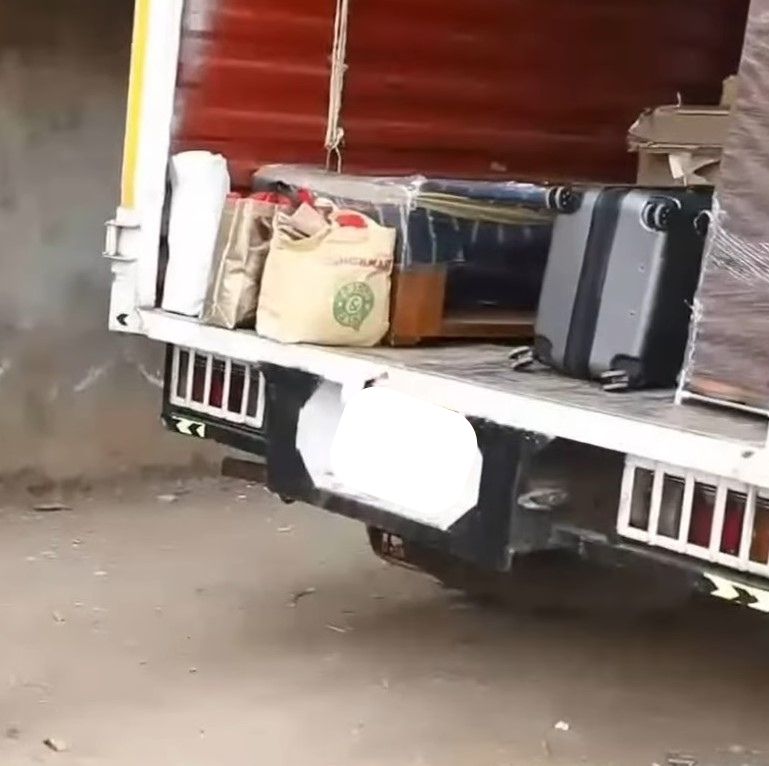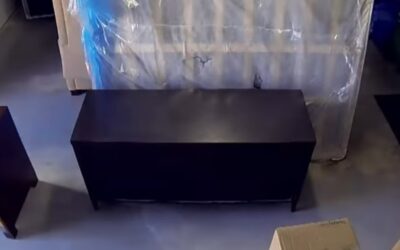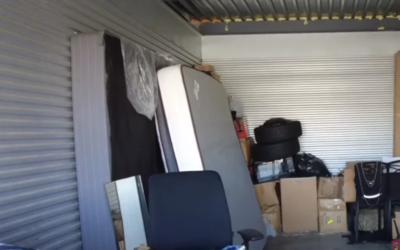
It’s important to check for pests in advance before moving to a new home to ensure that you don’t bring any unwanted guests with you.
Look for signs of pest infestation
Some common signs of pest infestation include droppings, gnaw marks, damage to walls or furniture, and strange odors. You may also notice dead insects or pests around the house. Pay close attention to areas where pests are more likely to hide or nest, such as dark and damp areas, corners, or cracks.
Research the area
In addition to checking for known pest issues in the area, it’s also important to consider the climate and geography of the area. Certain pests may be more common in certain regions, so it’s a good idea to research which pests are prevalent in the area you’re moving to. For instance, pests like cockroaches are an issue in highly populated areas like Nairobi’s Eastland areas and in areas like Kawangware.
Inspect the house
When inspecting the interior of the house, pay close attention to the kitchen and bathroom areas. These areas are particularly attractive to pests due to the availability of food and moisture. Look for signs of pests in cabinets, behind appliances, and around sinks and drains.
Check the kitchen and pantry
Pests are often attracted to food sources, so it’s important to inspect the kitchen and pantry for any signs of pests. Check cabinets and drawers for droppings, chewed parts, or any signs of infestation. If you spot droppings or gnaw marks, the house likely has pests.
Check for entry points
Pests can enter a house through small openings, so it’s important to check for any cracks or gaps in the exterior of the house. This can include gaps around windows, doors, pipes, or electrical wiring. A house that has many entry points of pests is likely to have pests. If there are no pests at the moment, there is a high likelihood that the pests will move in also soon after you move in. Pests like rats can squeeze through very small holes, so even tiny gaps in walls, floors, or ceilings can provide entry points. Look for cracks in foundations, walls, or siding, as well as gaps around pipes, vents, or utility lines. Pests can squeeze through very small holes, so even tiny gaps in walls, floors, or ceilings can provide entry points. Look for cracks in foundations, walls, or siding, as well as gaps around pipes, vents, or utility lines. Pests can easily climb up walls and squeeze through small gaps around doors and windows. Ensure the new house has no gaps around the frames of doors and windows. In the event that you choose to move into such a house, and make sure that the gaps around the frames of doors and windows are properly sealed with weather stripping or other materials.
Check the exterior
In addition to checking the foundation, walls, and roof, also look for any standing water or moist areas around the property. These can be breeding grounds for pests like mosquitoes and flies. Make sure that any outdoor trash cans are tightly sealed and that there are no piles of debris or wood near the house that could attract pests. Walk around the outside of the house and look for signs of pest activity, such as holes in the ground, chewed leaves or branches, or nests in trees or bushes. You may also notice dead insects or pests around the exterior of the house.
Inspect the garage and garage doors
Pests like rats can enter a house through gaps around garage doors, or through the gaps at the bottom of the door when it is closed. If you move into the house, make sure the garage door is properly sealed and consider adding a rubber threshold to close any gaps.
Check the attic and basement
These areas are often overlooked but can be prime spots for pests. In the attic, look for signs of pests like droppings or chewed insulation. In the basement, check for any cracks or gaps in the foundation or walls that pests could use to enter the house. If you see any cracks or gaps there, ensure they are sealed before you move in.
Inspect for live pests
Pests like cockroaches are big can be seen with the eye without magnifying devices. But they can also hide rather well. If you don’t spot, look for their egg casing. Cockroaches lay egg cases that are brown or reddish-brown in color and shaped like a pill. These may be found in hidden areas such as in cracks and crevices, or in cabinets and drawers. Cockroaches emit a musty, oily odor that can be quite strong. If you notice a strong, unpleasant odor in the new house, it could be a sign of a cockroach infestation.
Hire a professional
If you’re unsure of how to check for pests or suspect that there may be a problem, consider hiring a professional pest control company to conduct an inspection. They can identify any pests that may be present and recommend treatment options if necessary.
Wrapping it up
By taking these steps before and after moving, you can help ensure that your new home is free from pests and that you can enjoy your new living space without any unwanted guests.
Do not just move into a house because it is cheap. If the house has pests, you may end up regretting moving in. Pest control can be quite expensive. This is because pest control companies often use specialized equipment and chemicals to effectively treat infestations. These tools and materials can be expensive to purchase and maintain. Moreover, pest control technicians require specialized training and certification to properly identify pests and apply treatment methods. This level of expertise comes at a cost, as companies need to invest in ongoing training and development to ensure their technicians are up-to-date on the latest techniques and technologies. You will bear these high costs of pest control if you are not careful enough before moving to a new house.
Once you’ve moved into your new home, it’s important to take steps to prevent pests from entering in the future. This includes sealing any gaps or cracks in the walls or foundation, installing screens on windows and doors, and keeping the house clean and free of clutter. It’s also important to store food in sealed containers and to promptly clean up any spills or crumbs.
Contact Sawa Movers for more tips on what to do before moving to a new house.


